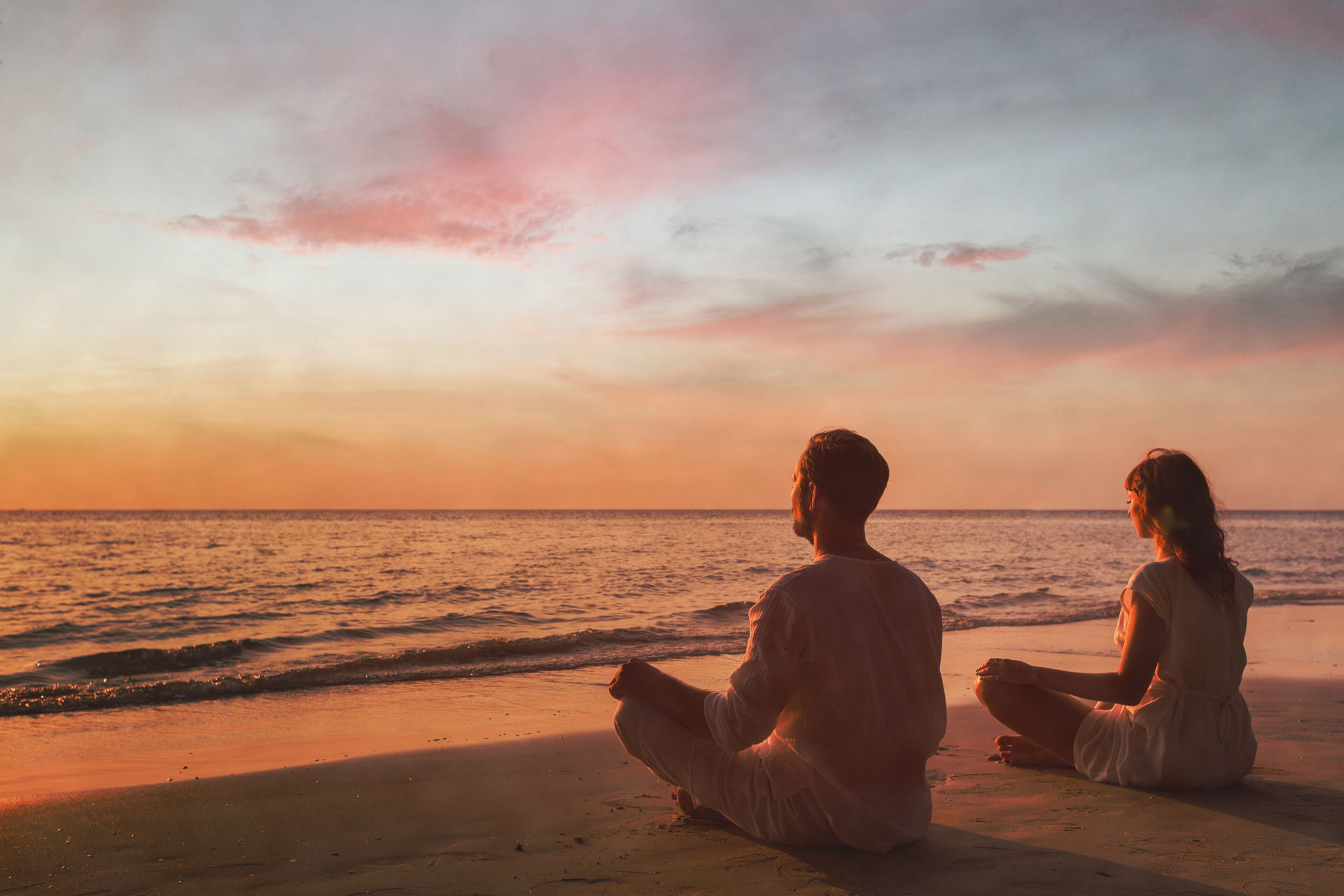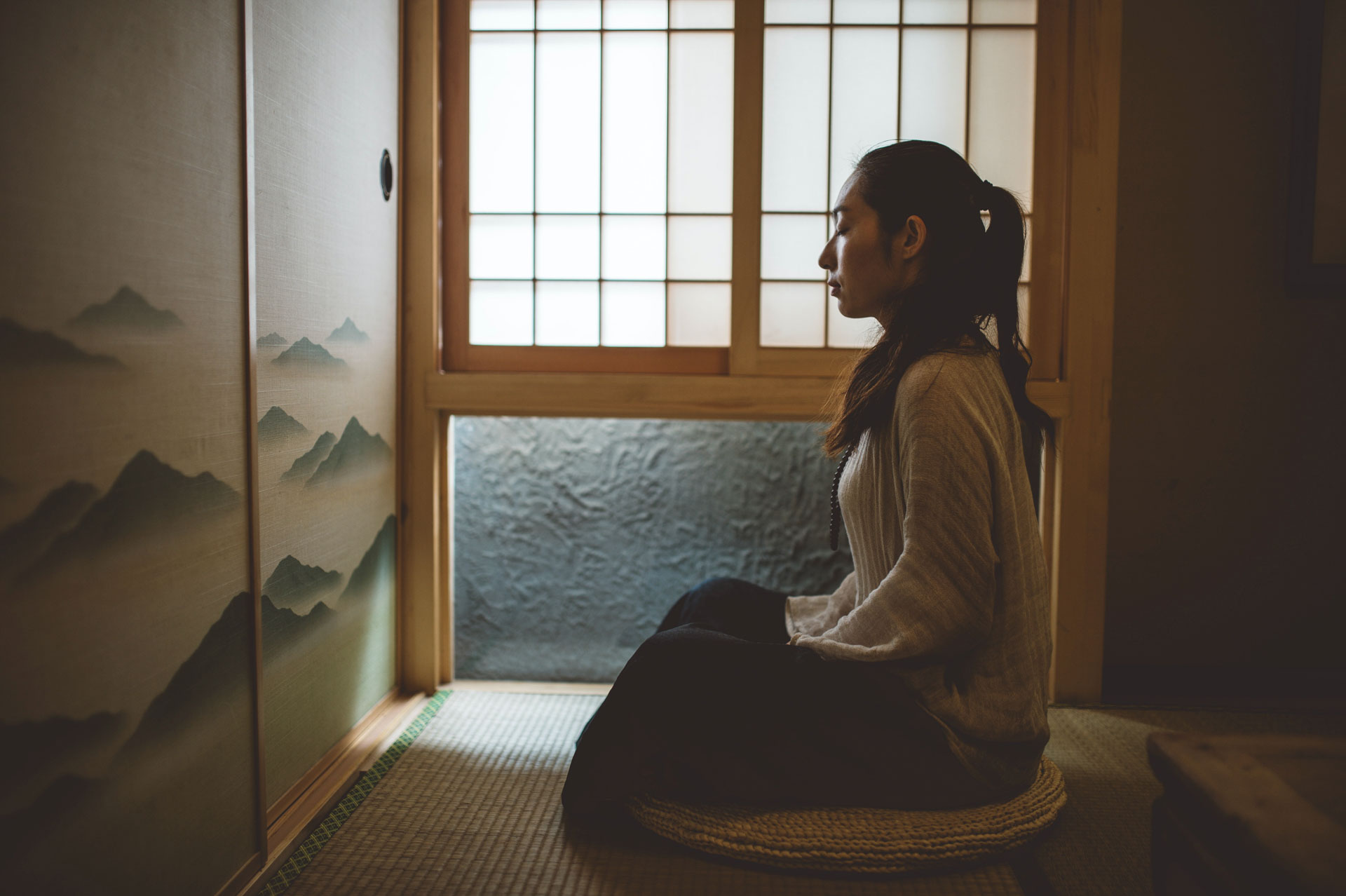We encounter many stressors in our daily lives, which can trigger anxiety and worry. If anxiety and stress are not managed, they can manifest in physical symptoms and even leave you vulnerable to disease. One way to cope with anxiety is through meditation, which is the ability to be present in our mind and body. It helps with anxiety by creating space between ourselves and our anxiety-inducing situation so we’re not overwhelmed by external forces. Learn about the five best meditations for anxiety and some tips on how to get started in this article.
Why Meditate for Anxiety?
There are many reasons why we recommend this ancient practice. It has proven to help millions of people throughout the ages. You can do it wherever, whenever. All that is required is a comfortable and quiet setting and you. Below, we discuss the best meditations that help with anxiety.
1. Mindfulness Meditation
Mindfulness meditation stems from Buddhist teachings of focusing on the present and becoming more aware of your mind and body. There are two components of this type of meditation: acceptance and attention. Attention means focusing on what you are experiencing in the current moment. Acceptance involves observing your thoughts and emotions without judgment, simply accepting them as they arise. The key is to become an outside observer of your thoughts. It can be hard to master, requiring intense concentration and awareness from the practitioner. Mindfulness meditation lets you calm your mind and body, releasing anxiety and stress.
2. Focused Meditation
This meditation technique borrows some principles from mindfulness meditation of staying tuned to the present. It involves focusing on one anchor to ground your mind, focus on the present, and alleviate anxiety. These anchors could be listening to the ocean, staring at a candle flame, or counting beads. This technique is ideal for beginners and people who want to train their minds and enhance their focus. It’s also a good option if you don’t have much time and need a quick way to relieve stress.

3. Movement Meditation
Movement meditation involves forming your body into different positions at a slow pace. It’s similar to Focused Meditation, where external influences guide your focus. In this form, the movement serves as your main anchor. It is perfect for people who enjoy or wish to develop body awareness. The movement aspect of this type of meditation lowers blood pressure and decreases stress. One well-known type of movement meditation is yoga, but this type of meditation also includes walking, gardening, tai chi, and other gentle forms of movement.

4. Loving-Kindness Meditation
Anxious thoughts can stem from a lack of confidence in one’s self and environment. Loving-kindness meditation aims to bring back that confidence and appreciation to oneself and the world by generating compassion and cultivating love. It seeks to radiate positivity from within and can even extend to sending positive energy toward things you perceive as stressful. One way to start this type of meditation is to think of someone you know and love whom you want to extend kindness and envision giving them a smile and hug. Thinking of loved ones is an easy way to generate love and compassion.

5. Transcendental Meditation
Transcendental meditation is unique in that it does not solely involve concentration or contemplation. It aims to elevate practitioners to a higher state of being. To do that, certified instructors combine spiritual and mantra meditation techniques to push the boundaries of human consciousness. You can practice transcendental meditation by repeating a mantra (a word or a phrase) in your mind until you start to feel relaxed and peaceful. It is specifically designed to quiet the mind, allowing subjects to tap into their calm and peaceful states.
Before you begin your meditation journey, remember your goals and plans. It is also helpful to refrain from forcing yourself to induce your inner calm, especially in your first meditating attempts. Reducing anxiety and tapping into a calmer state might be challenging, but you can conquer anything with a good guide and a dedicated support group. Good luck!














